Movies
Interview: Writer/Director Damian McCarthy on ‘Caveat’ and That Creepy Rabbit
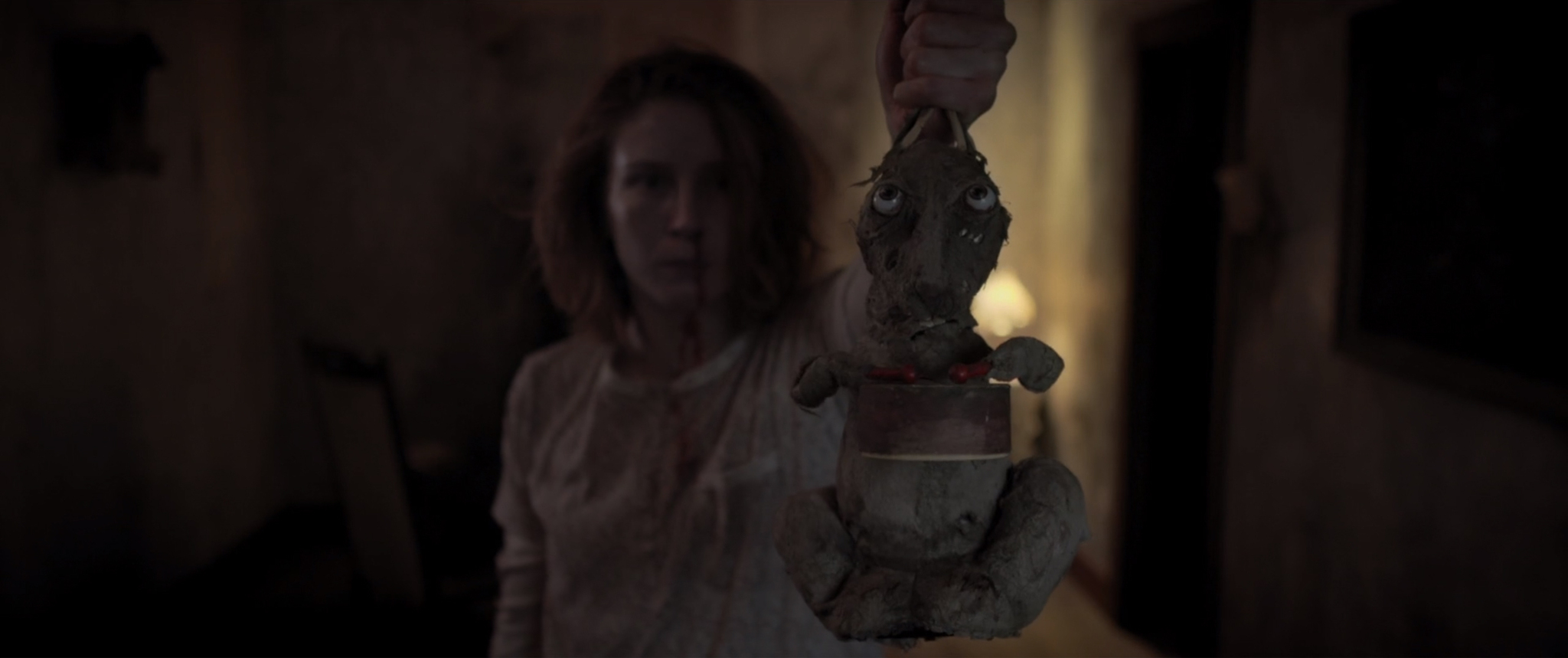
The horror short aficionado may be familiar with Damian McCarthy’s work; he’s created a number of chilling shorts (which can conveniently be found online), all soaked in atmospheric tension. With Caveat, his feature film debut, McCarthy builds a chilling Irish horror with a decaying aesthetic that fills each scene with dread.
Caveat tells the story of a lone drifter with partial memory loss who accepts a job to look after a psychologically troubled woman in an abandoned house on an isolated island. The job sounds simple enough, but there’s one big caveat. He must stay locked in a leather harness that’s chained to the floor of the basement in the rotting home, restricting his movements through the house and making any kind of escape near impossible.
I absolutely loved the film (which is now available on Shudder — you can read my full review here), so when I had the opportunity to speak with McCarthy about Caveat, his inspirations, the hair-raising score, and that creepy rabbit toy, I simply couldn’t resist.
(Click here to watch the trailer)
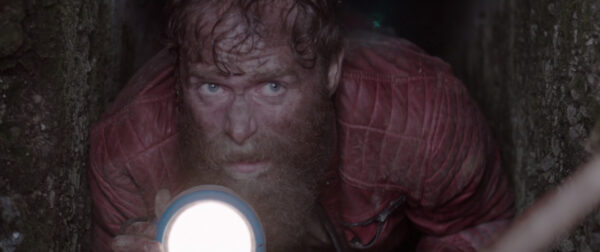
Kelly McNeely: So I loved the concept of Caveat. It’s bananas, every twist and turn that they list as they’re going through all the details of the job… just brought me such great joy. Where did the idea of this movie come from?
Damian McCarthy: I guess in terms of a horror, I always wondered why didn’t they ever leave the house? You know, the house is haunted. Why don’t they just leave? And there are films that have done a good job of it like The Evil Dead 2, you know that the bridge is out, so they can’t leave — The Vigil is a good one too, you know, people have come up with creative ways. But I just thought it was like, to me, it’s a very old idea that I had, the idea that a guy would willfully put on this harness. And he’s allowed to walk around the house but not get into this one room because of this long chain, attached to the harness. And then obviously the creepier things get, you’ve immediately put this roadblock in his way from leaving. And I just thought that would make it a lot scarier, because no matter what happens to him, he can’t leave the house. He can’t just run out, you know, there’s no room to go into to hide. So I just thought it’d be an interesting way to see if you could build suspense like that and make it more, I guess, make it a lot more tension filled.
Kelly McNeely: I think it absolutely builds suspense. There’s like a heavy sense of dread throughout the film that I really, really love. I think it’s way more effective than the jumpscares, because it never lets up — this idea that he can’t escape. I’m curious what horror films do you enjoy, what inspires you? I’ve watched some of your short films as well, and I’ve noticed this really dark sort of dreadful, dreary quality to them.
Damian McCarthy: For horror films, I guess I would probably swing more towards ghost stories, the supernatural, the likes of you know, Hideo Nakata’s Ringu, I think is one of the most terrifying films ever made. And then I love John Carpenter’s The Thing. That’s probably my favorite movie. The Evil Dead 2, of course, but probably less interested in, you know, torture and violence and stuff like this, even though I still watch them. And then slashers, of course, I think slashers are very entertaining.
But I guess when we went to make Caveat, it was very much like, let’s try to even light it and shoot it like it’s more of a ghost story than something kind of violent. Because again, any images from the movie will be a guy, you know, in a letter harness and a chain. If he was doused in reds and greens, you would think, okay, it’s going to be some kind of a torture movie like Hostel. But yeah, I guess kind of more supernatural horror, definitely. That’s where I would track down myself just as a horror fan.
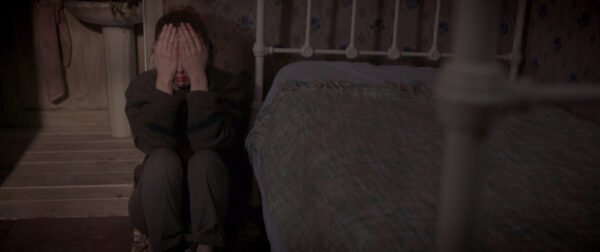
Kelly McNeely: Was there anything that directly inspired the film when you were coming up with the concept and the visuals?
Damian McCarthy: I think we looked at a lot of Guillermo del Toro’s movies, just because they’re so beautiful. I mean, no, I’m not saying we achieved anything like that, but it was definitely something that we talked about a lot at the start just in terms of the lighting and a lot of shadows and things like that. The Woman in Black was another movie that we looked at to reference because again, it’s a very dreary old house in the marsh with a lot of decay and peeling wallpaper and rusty floorboards, this kind of thing. So that was very much much the aesthetic we were going for.
In terms of story, I guess not, I suppose it’s really like a big culmination of just all the horror tropes that I like over the years. I mean, don’t go down into the basement — he goes down to the basement. I mean, he really does make every single mistake you could make in a horror film. There’s a hole in the wall — of course he has to stick his face in and see what’s in there. And even to start with, he puts on this harness with a long chain, on an island, alone. So yeah, I mean, it really is one bad decision after another.
Kelly McNeely: I want to talk props for a moment if I can, because that rabbit! Where did you find that rabbit?
Damian McCarthy: It was just a fluffy drumming bunny that I got somewhere on eBay years ago. I mean I think I’ve had that rabbit for about seven or eight years now. And I took all the fur off and tried to make it look, you know, demonic and stuff. And it looked like an Ewok from Star Wars when I finished, it wasn’t scary at all. So I took it to this theatre designer — she does a lot of props and things like this for theater here in Cork.
I brought her in the bunny, and I said basically, can you make this look like it’s kind of falling apart and it’s very old? And I brought her some images from this very old Czech movie from the 80s about Alice in Wonderland. And it’s got this really kind of freaky stop motion, and it’s very unsettling. And I remember this rabbit in it — and I saw it when I was small — and it really just stuck with me, the way this guy was moving, the rabbit with the pocket watch and things, but he was just horribly unsettling. So I brought her images of him and kind of some other stuff. And she basically a couple of weeks later came back with what you see on screen. It was incredible, I was delighted with it. Now when we first got him, he did have kind of fur patched all over him. But it took us so long to get financing for the movie all of the hair just fell off– he went bald.
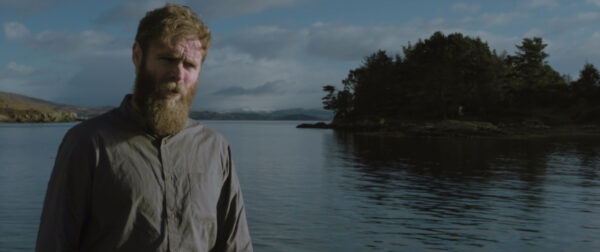
Kelly McNeely: Can you talk a little bit about the filming location? Was this actually shot on that island? If so, I imagine there would have been some challenges with getting out there…
Damian McCarthy: No, luckily we didn’t shoot on the island, I’m from West Cork in the southwest of Ireland. So we found — basically — a big empty building at the back of this house. It’s a big tourist attraction in Bantry — where I’m from — it’s called Bantry House. They’ve got the big stables at the back that are completely empty. We built… I think, 70 or 80% of what you see on screen is a set, a lot of all rotten timber and everything de-aged to make it look old and decaying and, and falling apart. And I think there’s only like two rooms in the movie that are, you know, actual locations in the house. Luckily for us, they were just there on the set, there was very little moving around. Again, this is all budget restraints, because we’d such little time and money that it kind of had to all happen in the one place. The island is — just the island that you see in the movie — it’s just one of these islands off the coast of West Cork. And you just make it look like we’re filming out there. But I can’t imagine having to travel out there each morning. It would have been difficult.
Kelly McNeely: Now, Richard Mitchell’s score is hair raising. How did he come on board? Because I know the score is kind of quite different from the other work he’s done. But it sounds very similar to the music that you’ve use in your shorts. Were you giving much direction with the music, or was he sort of running with it on his own? How did that come into play?
Damian McCarthy: Yeah, Richard had the biggest influence. Richard was my right hand man making Caveat, I don’t think it would be what it was without him. He was brilliant, even in terms of editing and storytelling, and all those were a huge help to me. I mean, he’s been in the business, like over 30 years. So he was a great guide to have through it. For the music, I don’t think he’d done any horror films. I don’t even know if he was a fan of horror going into this. He is now — he loves horror now.
But I guess he had a lot of strange music on file. And we just listened to a lot of these experimental things he had been doing, I think we’d find like, oh, that would be quite good there. But we would have to, you know, he’d have to work on it, or he’d have ideas to make it fit with the scene more. And he just went from there. It did take months, it took months of just trying to figure out — trying to get the tone right. Never to have it too over-the-top horror or too unsettling. I mean, that was a little bit of a battle at times because I was like, Richard, this isn’t scary at all. He was like, you know, trust me, we need to ease people into it. So for that, yeah, he was absolutely right. And there are long stretches in the film where there is no dialogue. It really relies heavily on the score. So you know, work had to be put into it. And he did. He did a fantastic job.

Kelly McNeely: It’s a phenomenal score. It’s just so deeply unsettling. And one of the things I love about the film as well is that it’s sort of a perfect storm of “No thank you”. Every detail that comes up is just like, no, no, no, no, no, no. Were there more ideas that you had? Did you ever get to a point you’re like, I should stop adding on to this massive laundry list of nope? Or did you get to keep going with it?
Damian McCarthy: I don’t think we cut anything. I think we didn’t cut any more things that he shouldn’t agree to, because when he does make all these bad decisions, he does go to the island he does put on the thing. But I tried to speed it up in the edit in terms of when the guy gets them onto the island and says okay, now I need you to put on this harness and I’m gonna lock you in this chain.
That conversation they have where he’s like, well, I’m not putting it on — this back and forth — it did go on for longer. But again, just when you’re editing and you can kind of see what the actors are doing, it’s like, I don’t need them to convince me this much. And it’s a horror film. So it’s not supposed to be taken all that seriously. You know, I think you’re supposed to have that, you go with it, just go with it a little bit.
But no, there was nothing else. I think there was one scene and we shot it, but it didn’t really work. Spoiler, I guess, but he escaped the house, but he has to come back. We shot out in the woods where he did try to escape. And all the sounds of the foxes were closing in on him. And I don’t know, it just seemed to turn into The Blair Witch Project for about five minutes. And it was like, let’s just say it’s very cold outside. He has to come back. And it worked.
Kelly McNeely: Yeah, the sound of the foxes, by the way, kudos for that. Because I had no idea that they sounded that much like, as the script says, teenage girls screaming. That’s an interesting way to describe it.
Damian McCarthy: Yeah. Well, my sister lived in London, and there’s always foxes roaming around the streets early in the morning. If you hear them, it’s weird, they’re very unsettling. In Ireland here, you know, that’s where the idea of the Banshee comes from. It’s the sound of a fox screaming or crying.
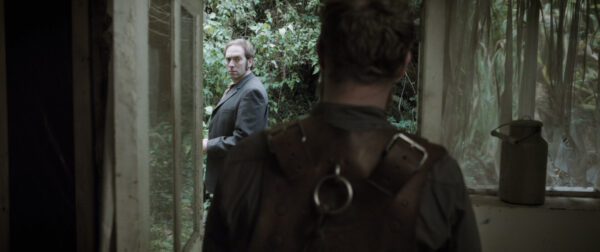
Kelly McNeely: You’ve obviously done a lot of short films, but Caveat, I believe, is your first feature. Do you have any advice you’d pass on to aspiring filmmakers?
Damian McCarthy: In terms of short films, short films are the only way I think to get going, because they’re such a good calling card to, you know, to get to that feature. I mean, I made a film like 11 years ago called He Dies At the End. And my producer had seen that short film at Fright Fest in London. And that kind of inspired him to go off to start to get into film production. So to start with, definitely short films, and getting them into the right film festivals. It’s definitely the best place to start.
Because even when MPA came along to distribute the film, they had gotten in touch to say, oh, you know, we saw that it was the director of He Dies At the End, of these short films that I’ve done years ago that played at Screamfest. And they were sort of curious to see what you’ve done now with a feature, because my short films were so simple, there was no dialogue, it was kind of one guy getting tortured by whatever it was, or getting haunted by something. So definitely the importance of short films, I couldn’t go into it enough.
And then just for feature filmmaking, I would say work on the script. That’s the thing, because you’ll find all your problems once you get into the edits. That’s what I found anyways, I think it was the fastest script that I’ve ever put together. And it was really because the funding was there, this little bit of financing that we had appeared, and I think I was so worried about losing it I was like, okay, we need you to start building the sets, and I’ll start finishing the script, you know, there was a little bit of, I guess, self imposed pressure not to lose the chance of making a feature. So the script will be important.
And then after that, I guess, pick your crew right. You know, work with people that you know. It’s like, try to work with people that you think you could go on holiday with, that you could spend time with. I know it’s still a job and you have to have that distance as well. But you absolutely have to have something in common with the people and get along. And know that you’re there to do the same thing and, you know, your budgets are limited and all this kind of stuff. Yeah, I think importantly, you know, pick your crew well, work on your script.
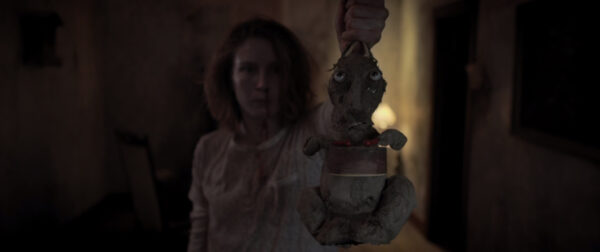
Kelly McNeely: And what was the biggest challenge when filming Caveat?
Damian McCarthy: The crew would say the cold — it was freezing cold. So I think every behind the scenes picture has like somebody huddled with a hot water bottle.
Kelly McNeely: Like The Evil Dead, where you’re burning the furniture by the end of the shoot?
Damian McCarthy: We did actually [laughs]. Yeah, we did. The biggest challenge to make it… We hit our budget, you know, perfectly. We hit our time every day because I had everything storyboarded, everything and in detail so I knew what I wanted. My director of photography was well prepared — we had two guys on camera and two guys in sound. Tiny crew.
The biggest challenge other than that was, the bunny was extremely difficult. It kept breaking down. It was like that, you know, you hear stories about the shark from Jaws. You’d be like, okay, action! And the bunny’s supposed to start drumming, and you realize he’s just… nothing, because like a cog has broken inside him or a wire has come loose. So yeah.
Yeah, I think probably the bunny was. I mean at times I wanted to just kick it across the room because it was like, it just stops again, we’re running out of time, and you’ve got to, you know, open them up and try to find the missing wire after snapping. That’s probably a weird, weird complaint for what was the biggest problem making the film? Oh, the bunny.
Kelly McNeely: The biggest diva on set.
Damian McCarthy: Yeah, he was [laughs]. Actually it was funny, because when we finished, the last time you see him drumming on film, that is the last time, he never actually drummed again. We got one take of Leila [Sykes] coming down the stairs and you see him there, and he’s drumming. And I said, okay, we get one more, you know, just just in case, whatever. And it was like, no, just that was it. He was done. So, you know, never work with children, animals and drumming bunnies.
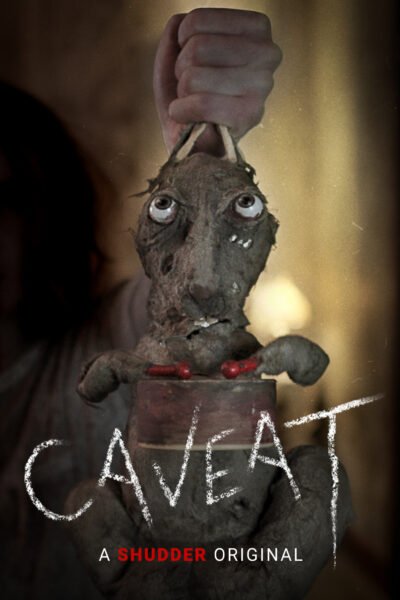
Listen to the 'Eye On Horror Podcast'

Editorial
Yay or Nay: What’s Good and Bad in Horror This Week
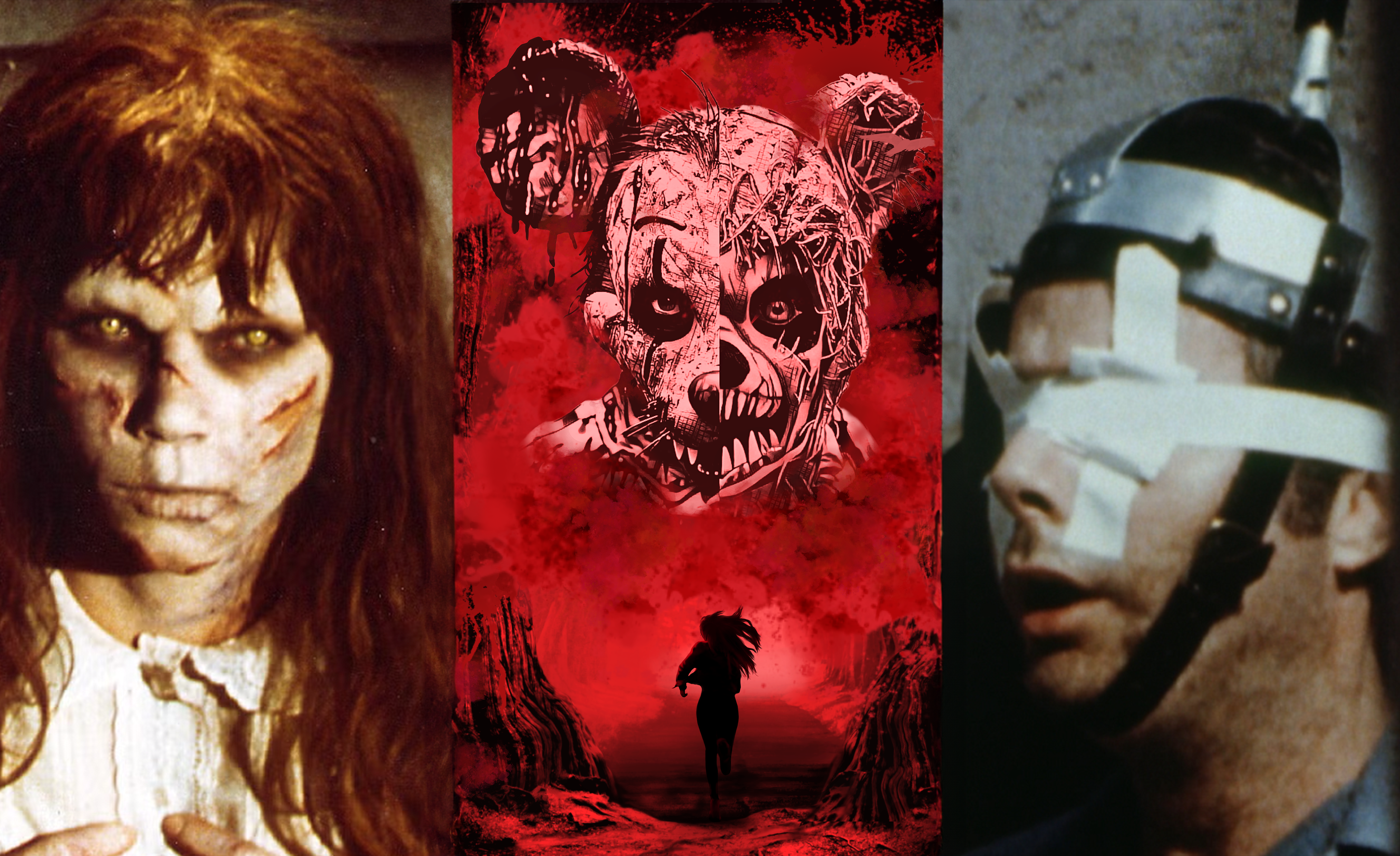
Welcome to Yay or Nay a weekly mini post about what I think is good and bad news in the horror community written in bite-sized chunks.
Yay:
Mike Flanagan talking about directing the next chapter in the Exorcist trilogy. That might mean he saw the last one and realized there were two left and if he does anything well it’s draw out a story.
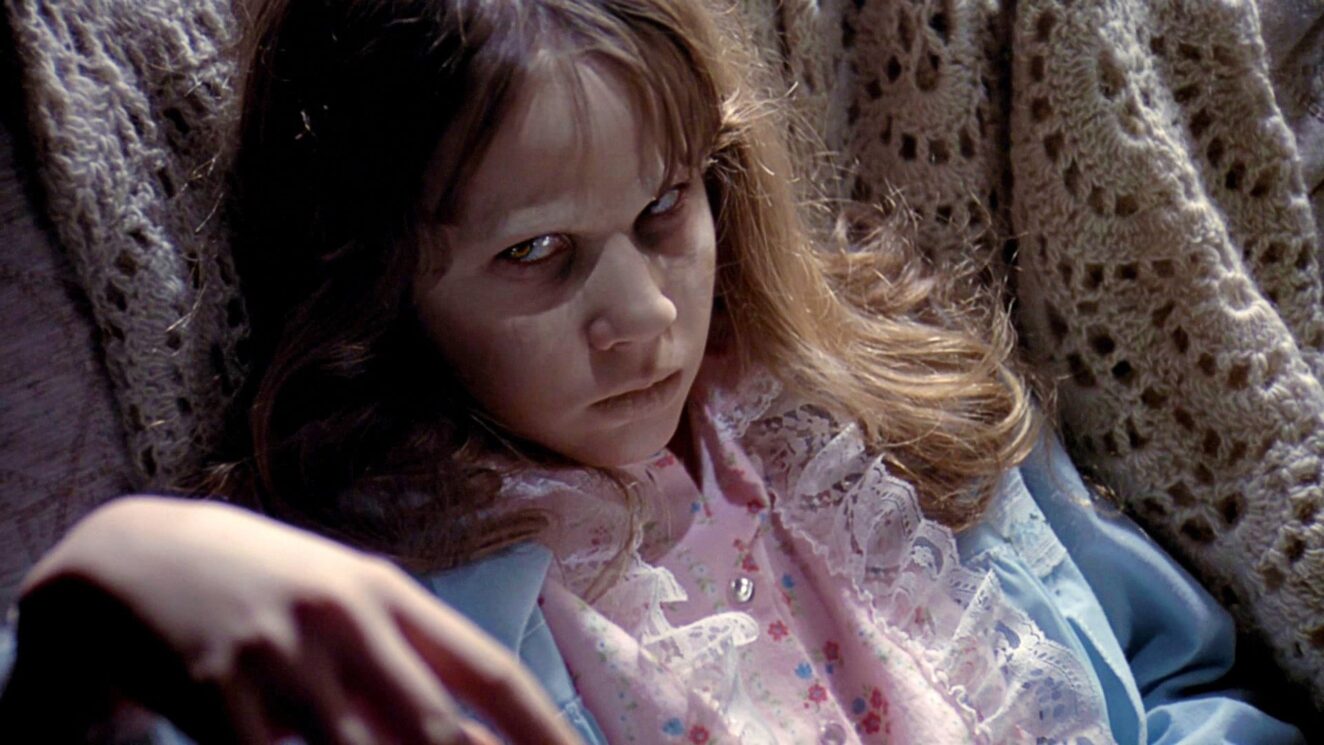
Yay:
To the announcement of a new IP-based film Mickey Vs Winnie. It’s fun to read comical hot takes from people who haven’t even seen the movie yet.
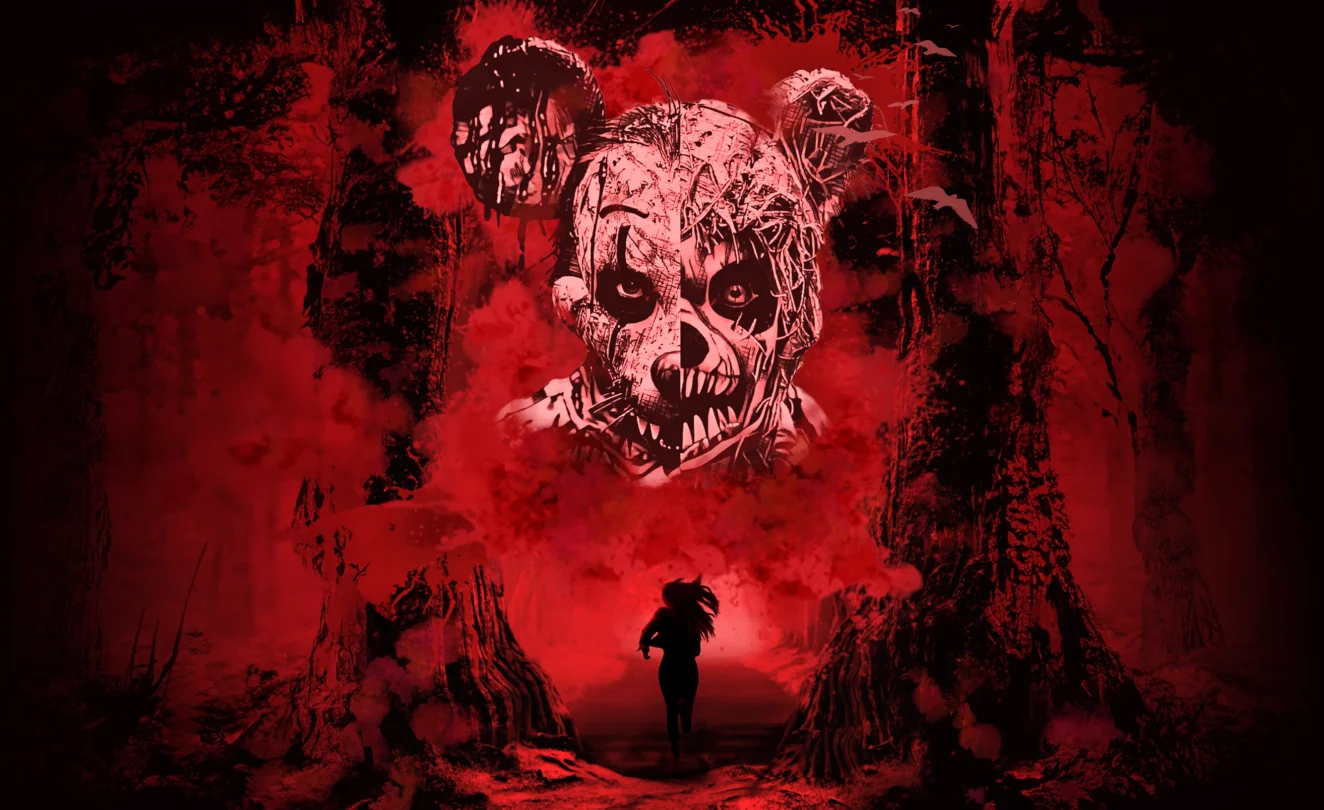
Nay:
The new Faces of Death reboot gets an R rating. It’s not really fair — Gen-Z should get an unrated version like past generations so they can question their mortality the same as the rest of us did.
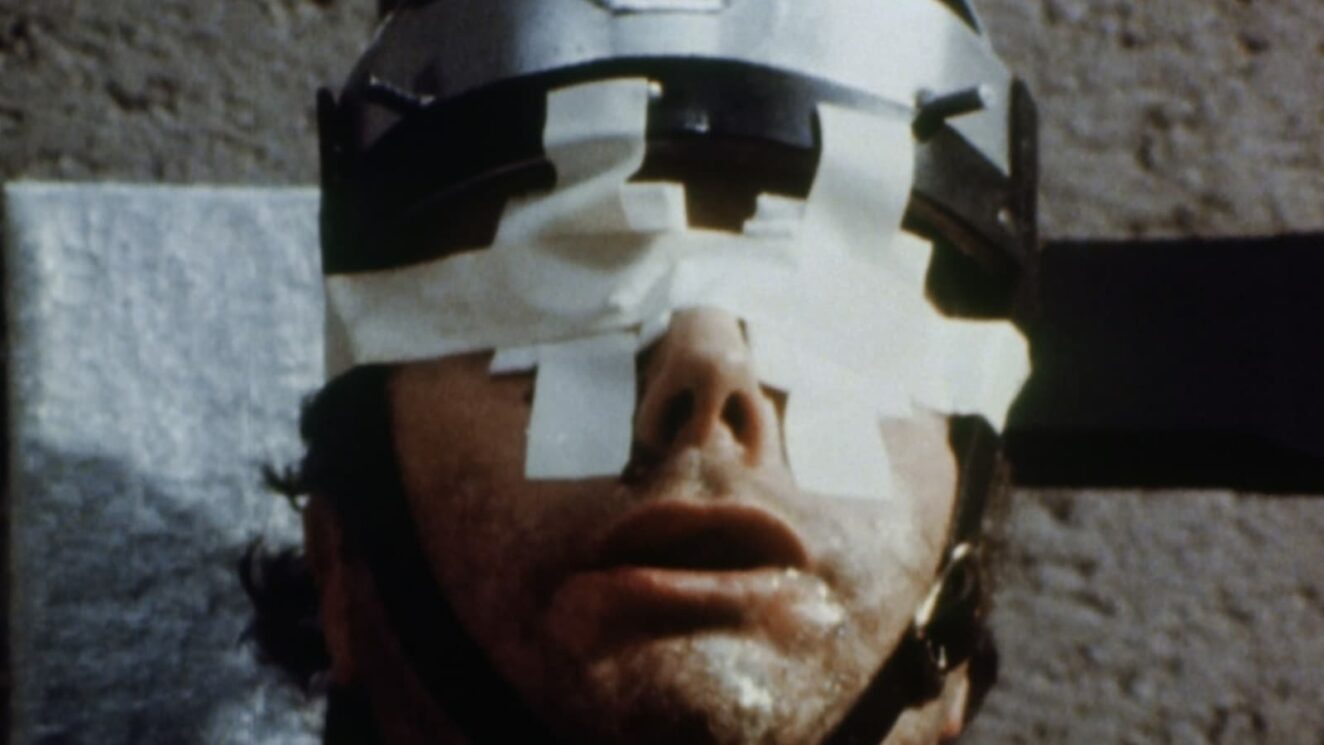
Yay:
Russell Crowe is doing another possession movie. He’s quickly becoming another Nic Cage by saying yes to every script, bringing the magic back to B-movies, and more money into VOD.

Nay:
Putting The Crow back in theaters for its 30th anniversary. Re-releasing classic movies at the cinema to celebrate a milestone is perfectly fine, but doing so when the lead actor in that film was killed on set due to neglect is a cash grab of the worst kind.
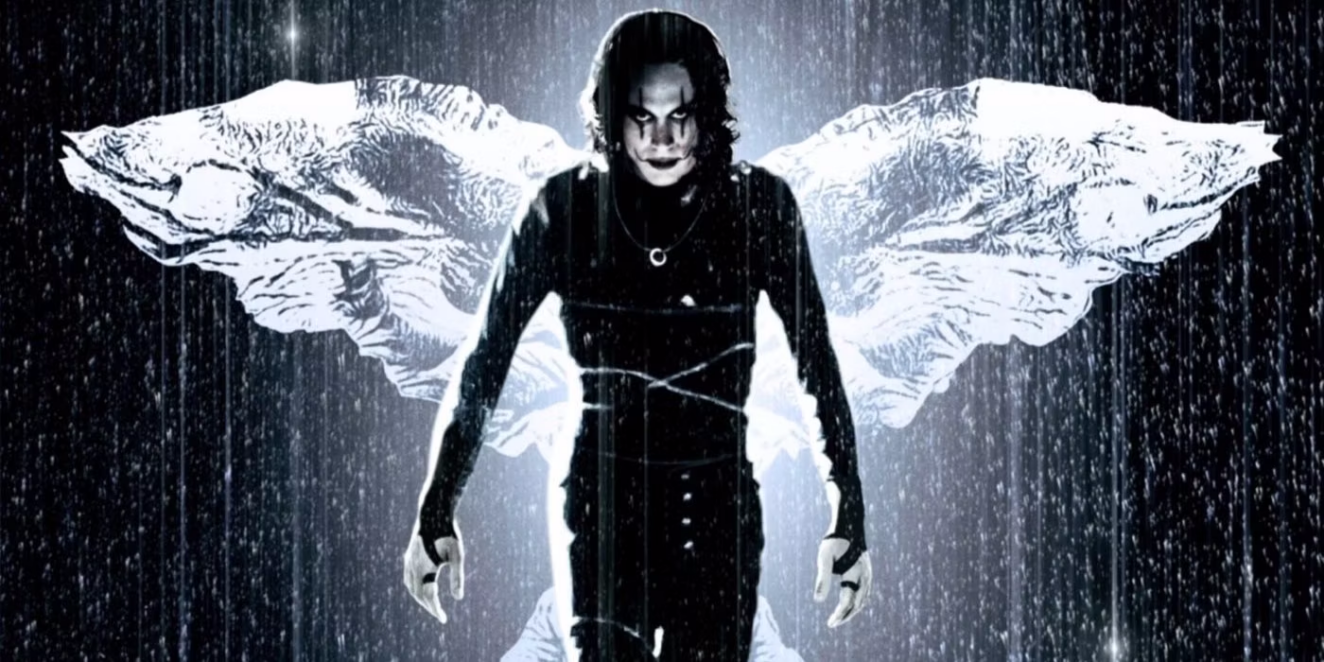
Listen to the 'Eye On Horror Podcast'
Lists
The Top-Searched Free Horror/Action Movies on Tubi This Week
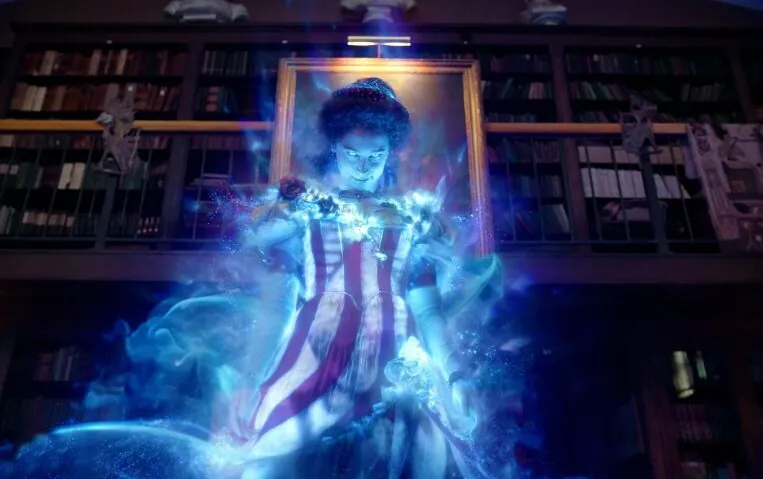
The free streaming service Tubi is a great place to scroll when you’re unsure what to watch. They are not sponsored or affiliated with iHorror. Still, we really appreciate their library because it’s so robust and has many obscure horror movies so rare you can’t find them anywhere in the wild except, if you’re lucky, in a moist cardboard box at a yard sale. Other than Tubi, where else are you going to find Nightwish (1990), Spookies (1986), or The Power (1984)?
We take a look at the most searched horror titles on the platform this week, hopefully, to save you some time in your endeavor to find something free to watch on Tubi.
Interestingly at the top of the list is one of the most polarizing sequels ever made, the female-led Ghostbusters reboot from 2016. Perhaps viewers have seen the latest sequel Frozen Empire and are curious about this franchise anomaly. They will be happy to know it’s not as bad as some think and is genuinely funny in spots.
So take a look at the list below and tell us if you are interested in any of them this weekend.
1. Ghostbusters (2016)
An otherworldly invasion of New York City assembles a pair of proton-packed paranormal enthusiasts, a nuclear engineer and a subway worker for battle.An otherworldly invasion of New York City assembles a pair of proton-packed paranormal enthusiasts, a nuclear engineer and a subway worker for battle.
2. Rampage
When a group of animals becomes vicious after a genetic experiment goes awry, a primatologist must find an antidote to avert a global catastrophe.
3. The Conjuring The Devil Made Me Do It
Paranormal investigators Ed and Lorraine Warren uncover an occult conspiracy as they help a defendant argue that a demon forced him to commit murder.
4. Terrifier 2
After being resurrected by a sinister entity, Art the Clown returns to Miles County, where his next victims, a teenage girl and her brother, await.
5. Don’t Breathe
A group of teens breaks into a blind man’s home, thinking they’ll get away with the perfect crime but get more than they bargained for once inside.
6. The Conjuring 2
In one of their most terrifying paranormal investigations, Lorraine and Ed Warren help a single mother of four in a house plagued by sinister spirits.
7. Child’s Play (1988)
A dying serial killer uses voodoo to transfer his soul into a Chucky doll which winds up in the hands of a boy who may be the doll’s next victim.
8. Jeepers Creepers 2
When their bus breaks down on a deserted road, a team of high school athletes discovers an opponent they cannot defeat and may not survive.
9. Jeepers Creepers
After making a horrific discovery in the basement of an old church, a pair of siblings find themselves the chosen prey of an indestructible force.
Listen to the 'Eye On Horror Podcast'
Movie Reviews
Panic Fest 2024 Review: ‘Haunted Ulster Live’
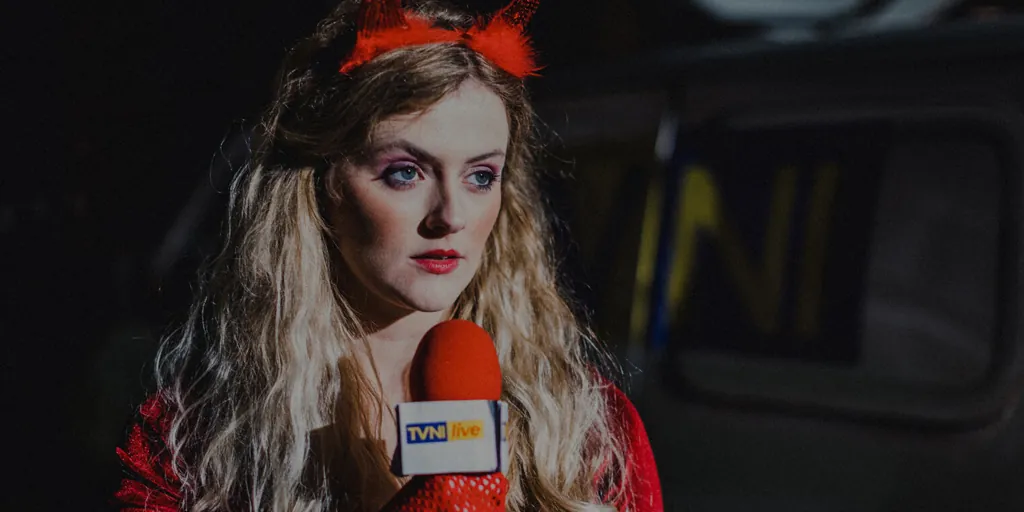
Everything old is new again.
On Halloween 1998, the local news of Northern Ireland decide to do a special live report from an allegedly haunted house in Belfast. Hosted by local personality Gerry Burns (Mark Claney) and popular children’s presenter Michelle Kelly (Aimee Richardson) they intend to look at the supernatural forces disturbing the current family living there. With legends and folklore abound, is there an actual spirit curse in the building or something far more insidious at work?
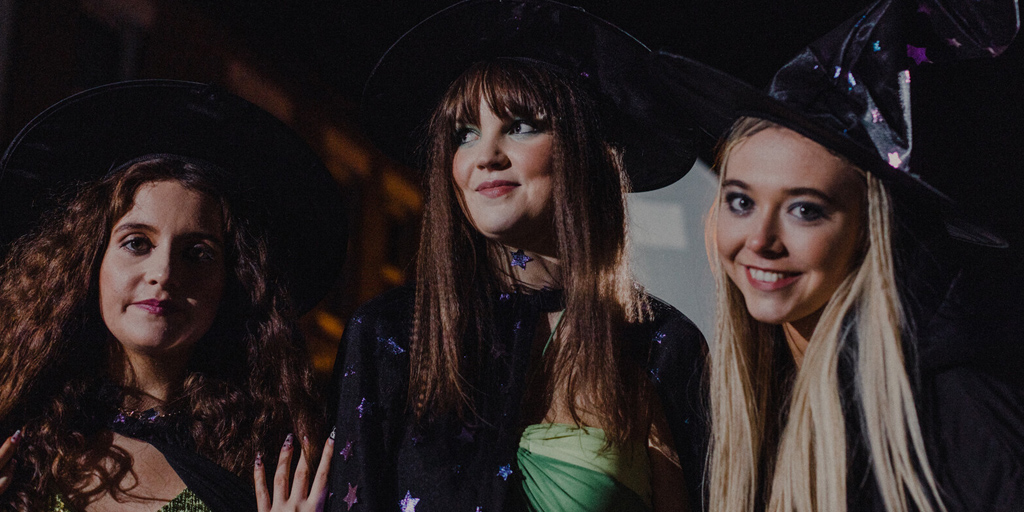
Presented as a series of found footage from a long forgotten broadcast, Haunted Ulster Live follows similar formats and premises as Ghostwatch and The WNUF Halloween Special with a news crew investigating the supernatural for big ratings only to get in over their heads. And while the plot has certainly been done before, director Dominic O’Neill’s 90’s set tale of local access horror manages to stand out on its own ghastly feet. The dynamic between Gerry and Michelle is most prominent, with him being an experienced broadcaster who thinks this production is beneath him and Michelle being fresh blood who is considerably annoyed at being presented as costumed eye candy. This builds as the events within and around the domicile becomes too much to ignore as anything less than the real deal.
The cast of characters is rounded out by the McKillen family who have been dealing with the haunting for some time and how it’s had an effect on them. Experts are brought in to help explain the situation including the paranormal investigator Robert (Dave Fleming) and the psychic Sarah (Antoinette Morelli) who bring their own perspectives and angles to the haunting. A long and colorful history is established about the house, with Robert discussing how it used to be the site of an ancient ceremonial stone, the center of leylines, and how it was possibly possessed by the ghost of a former owner named Mr. Newell. And local legends abound about a nefarious spirit named Blackfoot Jack that would leave trails of dark footprints in his wake. It’s a fun twist having multiple potential explanations for the site’s strange occurrences instead of one end-all be-all source. Especially as the events unfold and the investigators try to discover the truth.
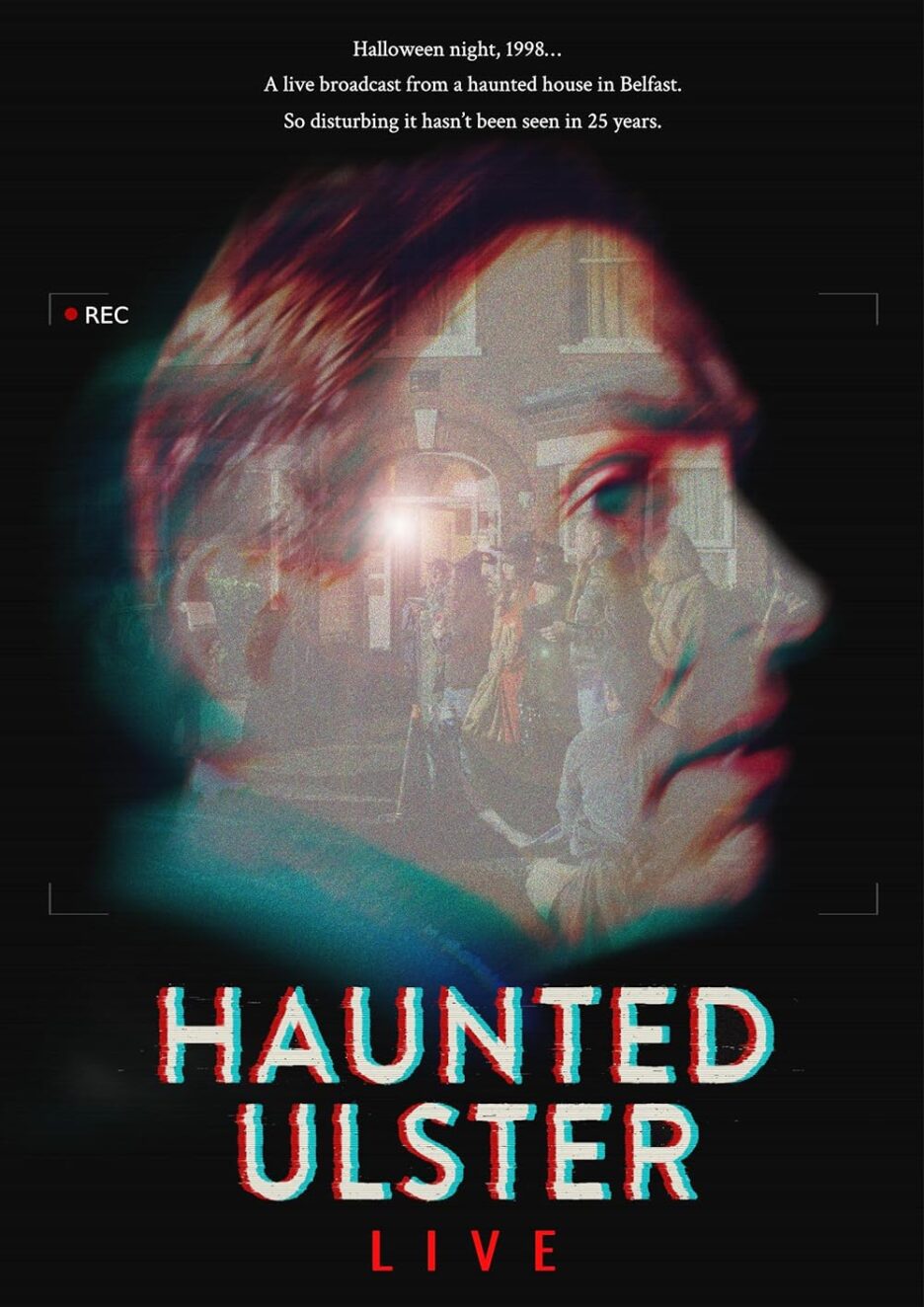
At its 79 minute timelength, and the encompassing broadcast, it’s a bit of a slow burn as the characters and lore is established. Between some news interruptions and behind the scenes footage, the action is mostly focused on Gerry and Michelle and the build up to their actual encounters with forces beyond their comprehension. I will give kudos that it went places I didn’t expect, leading to a surprisingly poignant and spiritually horrifying third act.
So, while Haunted Ulster Live isn’t exactly trendsetting, it definitely follows in the footsteps of similar found footage and broadcast horror films to walk its own path. Making for an entertaining and compact piece of mockumentary. If you’re a fan of the sub-genres, Haunted Ulster Live is well worth a watch.

Listen to the 'Eye On Horror Podcast'
-
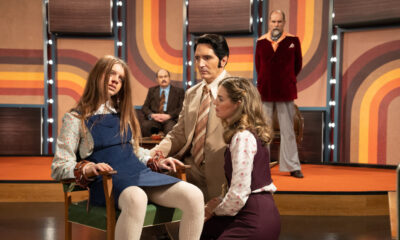
 Movies5 days ago
Movies5 days ago‘Late Night With the Devil’ Brings The Fire to Streaming
-
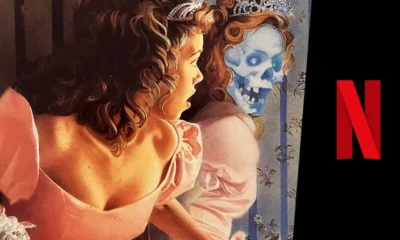
 News4 days ago
News4 days agoNetflix Releases First BTS ‘Fear Street: Prom Queen’ Footage
-

 News3 days ago
News3 days ago“Mickey Vs. Winnie”: Iconic Childhood Characters Collide In A Terrifying Versus Slasher
-
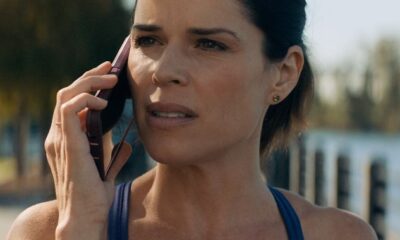
 Movies5 days ago
Movies5 days agoWill ‘Scream VII’ Focus on The Prescott Family, Kids?
-
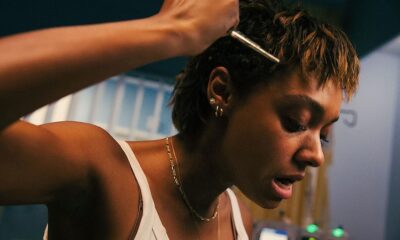
 News4 days ago
News4 days ago‘Talk To Me’ Directors Danny & Michael Philippou Reteam With A24 for ‘Bring Her Back’
-
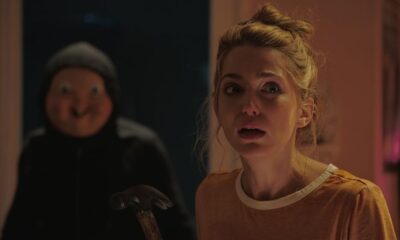
 News5 days ago
News5 days ago‘Happy Death Day 3’ Only Needs Greenlight From Studio
-
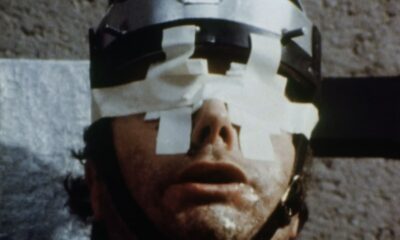
 News2 days ago
News2 days agoNew ‘Faces of Death’ Remake Will Be Rated R For “Strong Bloody Violence and Gore”
-
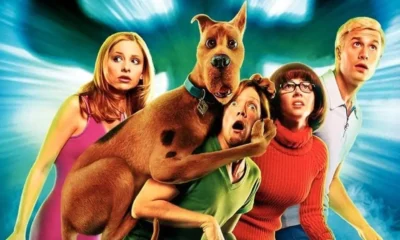
 News4 days ago
News4 days agoLive Action Scooby-Doo Reboot Series In Works at Netflix
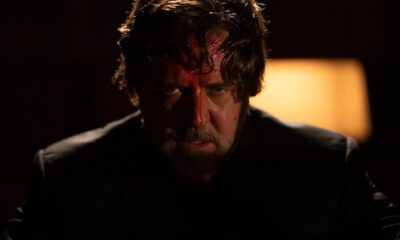























You must be logged in to post a comment Login